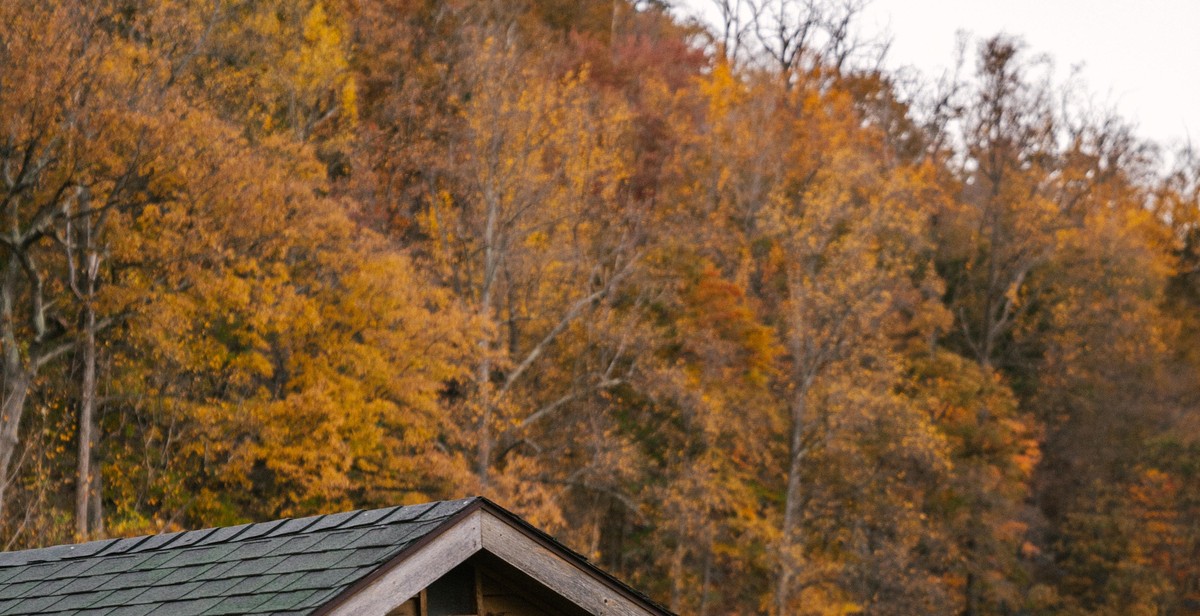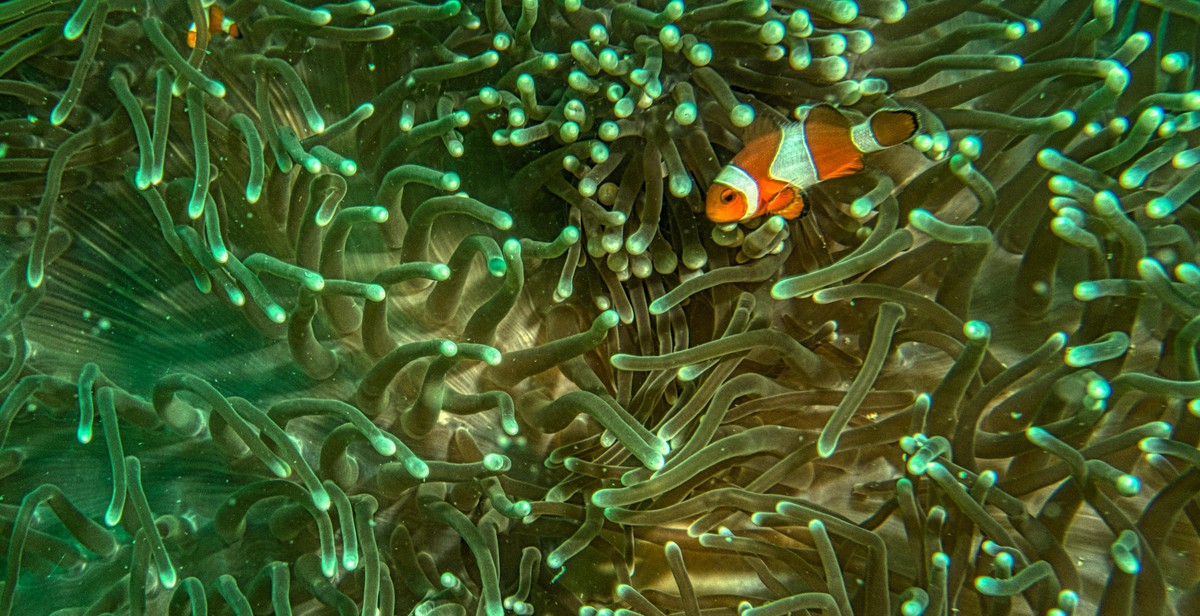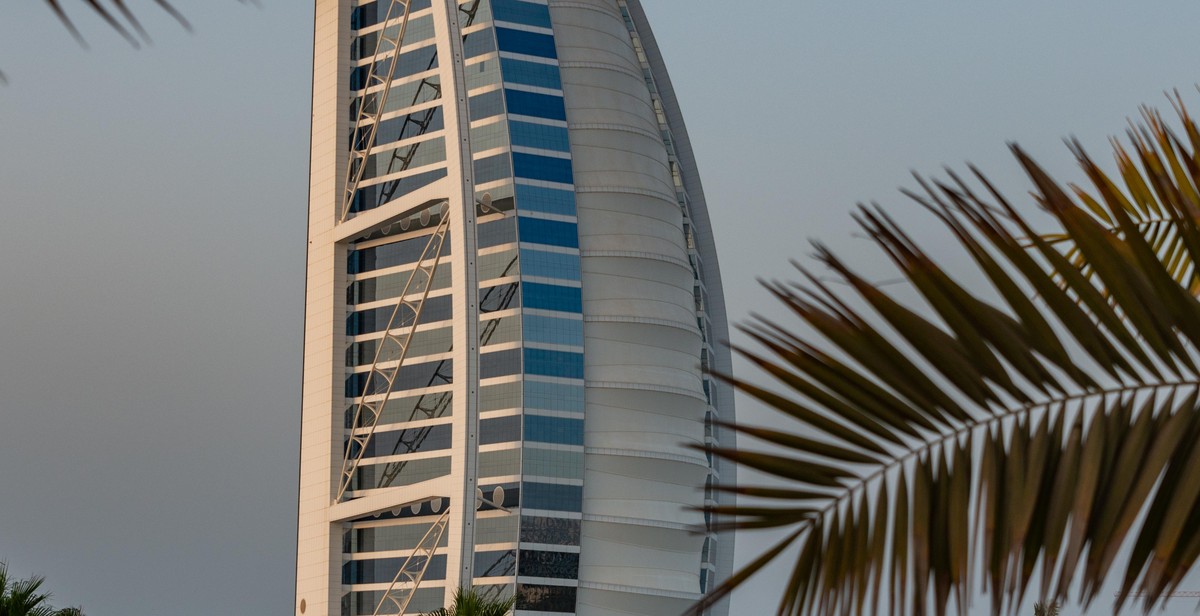How to Construct a Raised Pond for Aquatic Plants and Fish
Are you looking to add a unique and beautiful feature to your backyard? Consider constructing a raised pond for aquatic plants and fish. A raised pond is a great option for those who want to enjoy the benefits of a traditional pond, but have limited space or want to avoid digging a hole in their yard.
Benefits of a Raised Pond
A raised pond not only adds aesthetic value to your outdoor space, but also provides several benefits. Firstly, it is easier to maintain and clean compared to a traditional pond, as it is above ground level. Secondly, it is safer for children and pets as they cannot accidentally fall into the pond. Lastly, a raised pond allows for better control over the pond environment, including water temperature and quality.
Steps to Construct a Raised Pond
Constructing a raised pond may seem daunting, but with the right tools and materials, it can be a simple DIY project. The following steps will guide you through the process:
- Choose a location for your raised pond
- Decide on the size and shape of your pond
- Purchase or gather materials, including a liner, stones, and a pump
- Prepare the area and construct the frame for the pond
- Install the liner and fill the pond with water
- Add aquatic plants and fish to the pond
With these simple steps, you can have a beautiful and functional raised pond in your backyard in no time.
Step 1: Planning and Designing Your Raised Pond
Constructing a raised pond is a great way to add a water feature to your outdoor space. However, before you start, it is important to plan and design your pond to ensure it meets your needs and lasts for years to come. Here are some key factors to consider when planning and designing your raised pond:
Choosing the Right Location
The location of your raised pond is critical to its success. You want to choose a spot in your yard that gets plenty of sunlight, but not too much direct sunlight. Too much sunlight can cause algae growth, which can harm your fish and plants. Additionally, you want to make sure the location is level and has good drainage. Avoid areas that are low-lying or prone to flooding.
Determining the Size of Your Pond
The size of your raised pond will depend on the amount of space you have available and your personal preferences. Consider the number of fish and plants you want to have in your pond and how much water they will need. A good rule of thumb is to have at least 50 gallons of water for every fish you plan to keep. Additionally, you want to make sure the pond is deep enough to keep your fish safe from predators and extreme temperatures.
Selecting the Materials
When constructing your raised pond, you will need to select the right materials. You can use materials such as wood, brick, or stone to create the walls of your pond. It is important to choose materials that are durable and can withstand exposure to water and sunlight. Additionally, you will need a liner to prevent water from leaking out of your pond. Liners can be made from materials such as rubber or PVC and come in a variety of sizes to fit your pond.
By considering these factors and carefully planning and designing your raised pond, you can create a beautiful and functional water feature for your outdoor space.

Step 2: Building the Raised Pond
After selecting the perfect location for your raised pond, it’s time to start building. Building a raised pond involves creating a foundation, constructing the walls, and adding a liner to ensure that the pond stays waterproof.
Creating the Foundation
The foundation of your raised pond needs to be strong enough to support the weight of the pond and its contents. Begin by clearing the area of any debris or vegetation. Then, dig a hole to the desired depth and shape of your pond. The hole should be slightly smaller than the finished size of the pond to allow for the walls to be built around it.
Next, add a layer of gravel to the bottom of the hole. This will help with drainage and prevent the pond from becoming waterlogged. Finally, use a tamper to compact the gravel and create a level base for the walls.
Constructing the Walls
Now that the foundation is in place, it’s time to start building the walls of your raised pond. The walls can be made from a variety of materials, including bricks, stones, or wood. Make sure that the walls are level and sturdy, and that they extend above the water level to prevent splashing and overflowing.
If you’re using wood to build your walls, make sure to use pressure-treated lumber to prevent rot and decay. You can also add a decorative trim to the top of the walls to give your raised pond a finished look.
Adding a Liner
Once the walls are in place, it’s time to add a liner to ensure that the pond stays waterproof. A pond liner can be made from a variety of materials, including rubber, PVC, or EPDM. Make sure that the liner is large enough to cover the entire pond and extend up the walls.
Smooth out any wrinkles or folds in the liner and trim off any excess material. Then, fill the pond with water and let it sit for a few days to ensure that there are no leaks.
By following these steps, you can build a beautiful and functional raised pond for your aquatic plants and fish.

Step 3: Installing the Filtration System
Once you have constructed your raised pond, the next step is to install the filtration system. Choosing the right filtration system is crucial for the health and well-being of your aquatic plants and fish.
Choosing the Right Filtration System
There are several types of filtration systems available in the market, and choosing the right one can be overwhelming. The three most common types of filtration systems are mechanical, biological, and chemical.
- Mechanical filtration: This type of filtration system removes debris and waste from the water. It typically consists of a pump that pulls water through a filter pad or sponge.
- Biological filtration: This type of filtration system uses beneficial bacteria to break down harmful toxins in the water. It typically consists of a biological filter media, such as bio-balls or ceramic rings.
- Chemical filtration: This type of filtration system uses activated carbon or other chemical media to remove impurities and odors from the water.
It is recommended to use a combination of mechanical, biological, and chemical filtration systems for optimal water quality in your raised pond.
Installing the Filtration System
To install the filtration system, follow these steps:
- Choose the location for your filtration system. It should be near the pond but not directly in the water.
- Install the pump and connect the tubing to the filter.
- Place the filter media into the filter. If you are using a combination of filtration systems, place the mechanical filter media first, followed by the biological filter media.
- Connect the tubing from the filter back to the pond.
- Turn on the pump and allow the filtration system to run for a few hours before adding aquatic plants and fish.
Regular maintenance of your filtration system is also important to ensure optimal water quality. Clean the filter media regularly and replace it as needed.
| Type of Filtration System | Advantages | Disadvantages |
|---|---|---|
| Mechanical | Removes debris and waste from the water | Needs frequent cleaning |
| Biological | Breaks down harmful toxins in the water | May take time to establish beneficial bacteria |
| Chemical | Removes impurities and odors from the water | May need frequent replacement of chemical media |

Step 4: Adding Aquatic Plants and Fish
Adding aquatic plants and fish to your raised pond is an exciting step in the construction process. Here are some important factors to consider:
Choosing the Right Aquatic Plants
When selecting aquatic plants for your raised pond, it is important to choose plants that are suited for the size of your pond and the climate in your area. Some popular aquatic plants for raised ponds include water lilies, lotus, and water hyacinths. These plants not only add beauty to your pond, but also help to oxygenate the water and provide a natural habitat for fish.
Selecting the Right Fish
Choosing the right fish for your raised pond is also important. It is recommended to start with a small number of fish and gradually increase over time. Some popular fish for raised ponds include koi, goldfish, and guppies. It is important to research the specific needs and behaviors of each fish species before adding them to your pond.
Adding the Plants and Fish
When adding plants and fish to your raised pond, it is important to acclimate them to the new environment. Float the plants and fish in their original containers in the pond for about 30 minutes to allow them to adjust to the water temperature. Then, gently release them into the pond. Be sure to monitor the water quality and make any necessary adjustments to ensure the health of your plants and fish.
| Popular Aquatic Plants | Popular Fish |
|---|---|
| Water Lilies | Koi |
| Lotus | Goldfish |
| Water Hyacinths | Guppies |
By following these tips, you can successfully add aquatic plants and fish to your raised pond and create a beautiful, natural oasis in your backyard.

Step 5: Maintenance and Care
Constructing a raised pond for aquatic plants and fish requires a considerable amount of effort and investment. However, the joy of watching the beautiful aquatic life thrive in your pond is worth all the hard work. To ensure that your pond remains healthy and your fish and plants thrive, you need to maintain and care for it regularly.
Maintaining Water Quality
The quality of water in your pond is vital for the survival of aquatic life. You should test the water regularly to ensure that the pH levels, ammonia, and nitrite levels are within the acceptable range. If the levels are not within the acceptable range, you should take the necessary steps to correct them.
Cleaning Your Pond
Regular cleaning is essential for the health of your pond. You should remove any debris, such as leaves and twigs, that fall into the pond. You should also remove any dead plants or fish from the pond. Additionally, you should clean the filters and pumps regularly to ensure that they are functioning correctly.
Winterizing Your Pond
In colder climates, winterizing your pond is essential to protect the fish and plants from the harsh winter conditions. You should remove any debris from the pond and trim any plants that may die back during the winter. You should also consider installing a pond heater or aerator to keep the water from freezing completely.
| Task | Frequency |
|---|---|
| Test water quality | Weekly |
| Remove debris from pond | As needed |
| Clean filters and pumps | Monthly |
| Remove dead plants and fish | As needed |
| Trim plants | Annually |
| Install pond heater or aerator | Winter months |
By following these maintenance and care tips, you can ensure that your raised pond remains healthy and your aquatic life thrives for years to come.
Conclusion
Constructing a raised pond for aquatic plants and fish is a great way to enhance the beauty of your backyard or garden. With the right materials and proper planning, you can create a stunning water feature that will provide a relaxing and tranquil environment for both you and your aquatic pets.
Remember to choose the right location for your pond, taking into consideration factors such as sunlight exposure, soil quality, and drainage. Use materials such as bricks, stones, or concrete blocks to build the walls of your pond, and make sure to line the pond with a high-quality pond liner to prevent leaks.
When it comes to selecting aquatic plants and fish for your pond, do your research to ensure that you choose species that are compatible with each other and with the environment of your pond. Keep in mind that different species have different needs in terms of water temperature, pH levels, and oxygenation.
Regular maintenance is also important to keep your pond healthy and thriving. Make sure to clean your pond regularly, remove debris and dead plants, and monitor the water quality. Consider investing in a good filtration system to keep the water clean and clear.
By following these tips, you can create a beautiful and functional raised pond that will provide years of enjoyment for you and your family. So why not get started today and bring the beauty of aquatic life into your backyard?
